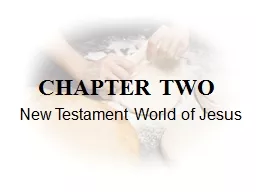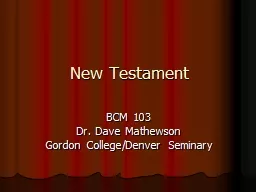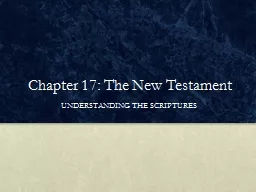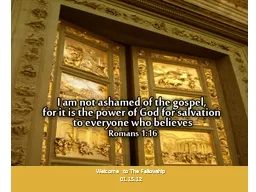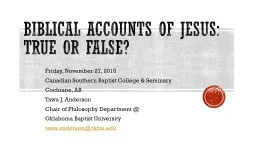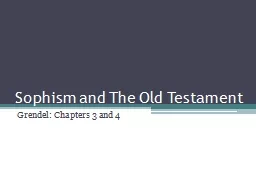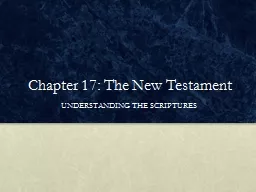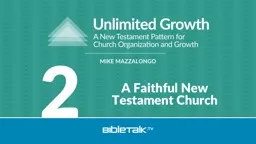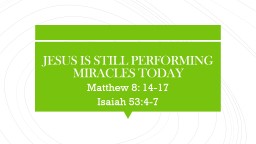PPT-New Testament World of Jesus
Author : yoshiko-marsland | Published Date : 2018-11-01
CHAPTER TWO Palestine has always been a strategic place in World History the keystone of the fertile crescent Bridges two continents playing a key international
Presentation Embed Code
Download Presentation
Download Presentation The PPT/PDF document "New Testament World of Jesus" is the property of its rightful owner. Permission is granted to download and print the materials on this website for personal, non-commercial use only, and to display it on your personal computer provided you do not modify the materials and that you retain all copyright notices contained in the materials. By downloading content from our website, you accept the terms of this agreement.
New Testament World of Jesus: Transcript
Download Rules Of Document
"New Testament World of Jesus"The content belongs to its owner. You may download and print it for personal use, without modification, and keep all copyright notices. By downloading, you agree to these terms.
Related Documents

